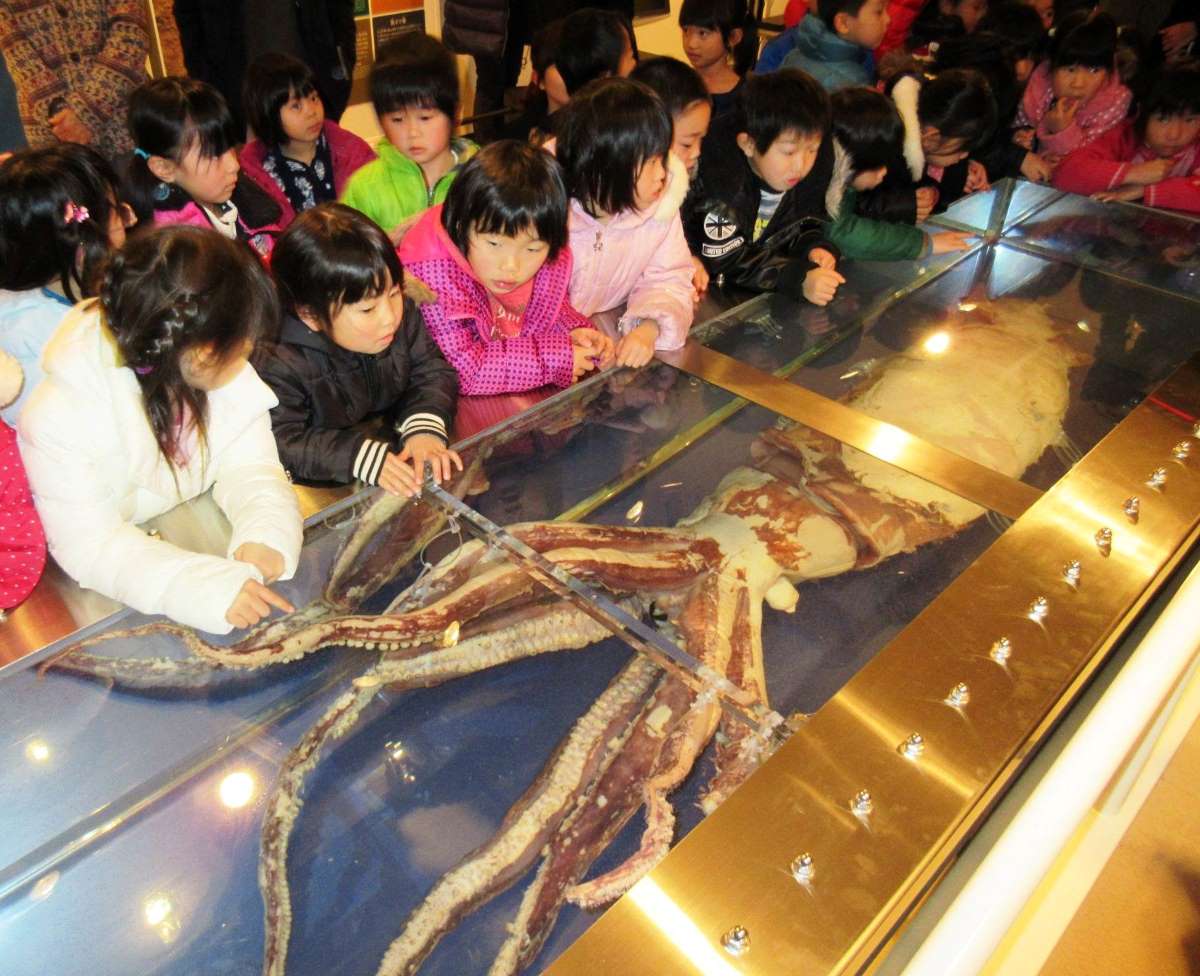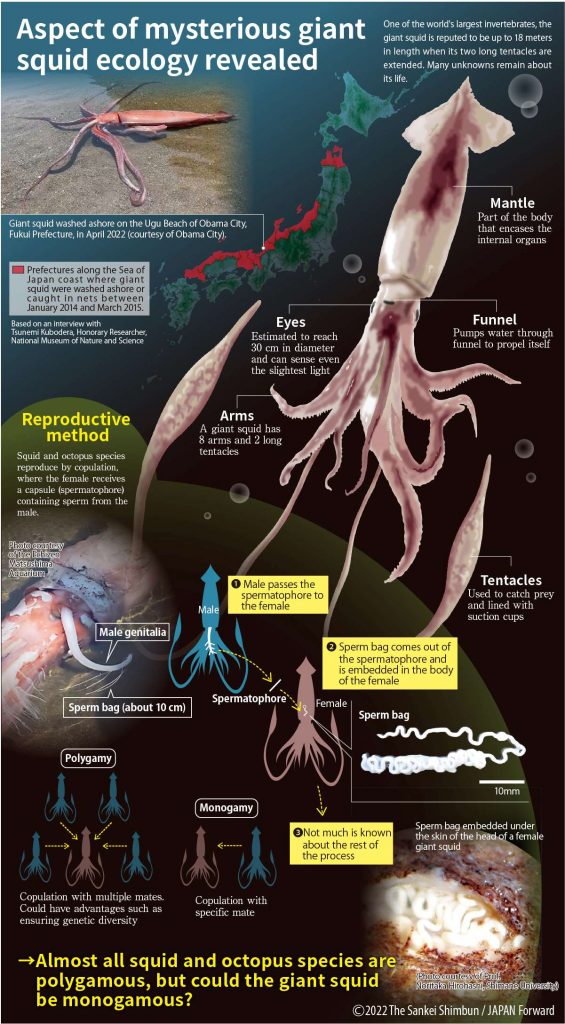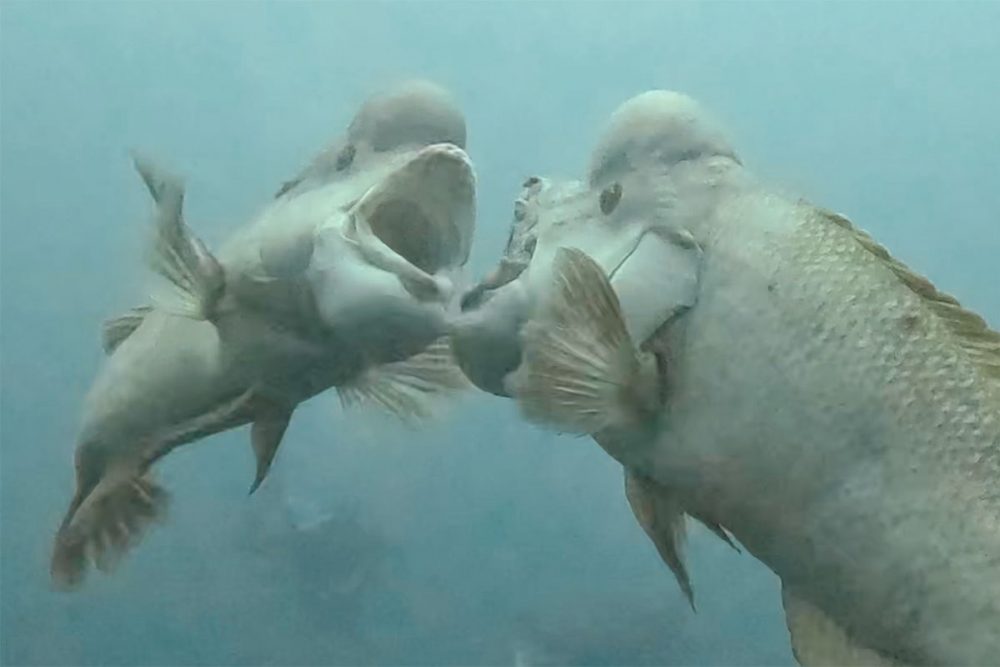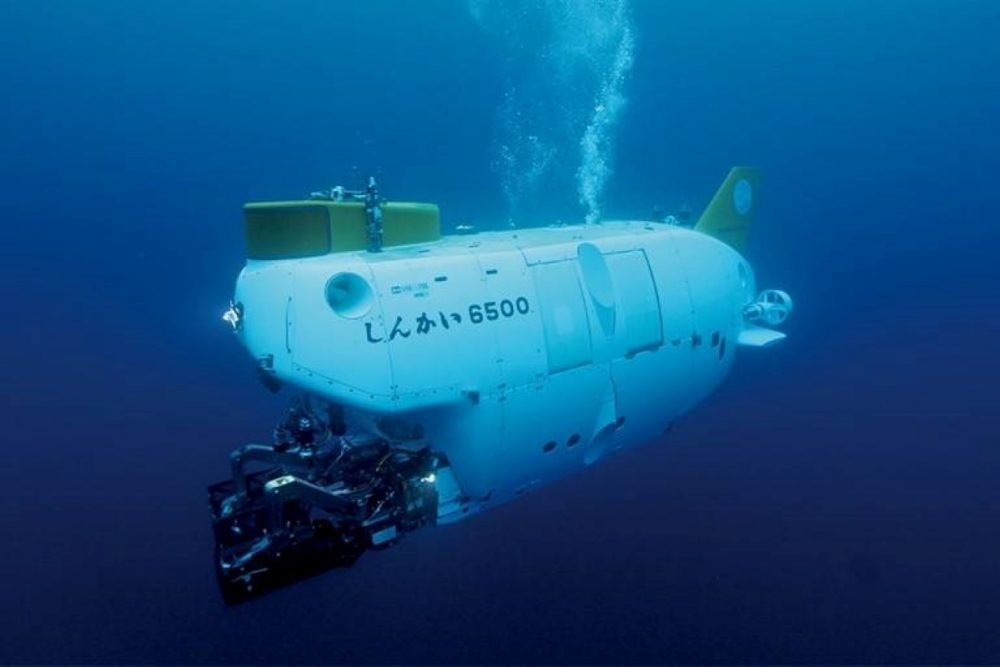Giant Squids Washed Ashore Give Scientists New Clues
Giant squids washed ashore on the Sea of Japan coast are providing researchers with new insights into how this mysterious marine animal mates and reproduces.

このページを 日本語 で読む
The giant squid is one of the world's largest invertebrates that lives in the deep sea. It is believed to be the origin of the legend of 'Kraken,' a monster feared by sailors in the age of sea exploration.
Although the animal remains shrouded in mystery, recent research analyzing individuals that have drifted ashore on the Sea of Japan coast has revealed a unique reproductive method that differs from that of other squids.
There is still much to learn about this giant creature that lurks in the depths of the sea.
Giants Washing Ashore
In April of 2022, a local fisherman discovered a large red squid drifting in the sea at Ugu Beach in Obama City of Fukui Prefecture.
A city official who rushed to the site upon hearing the news found a giant squid measuring 3.35 meters in length. It had washed ashore, but its arms were still flapping.
One resident among those gathered on the beach remarked in awe, "It was huge." Another noted, "It's rare to see one alive." Later, at the Echizen Matsushima Aquarium (Sakai City, Fukui Prefecture), children were able to see the squid on display.
Giant squid are often found washed ashore on the coasts of Japan. With their two long tentacles extended, they can reach up to 18 meters in length.

The deep sea is broadly defined as depths over 200 meters. But according to Tsunemi Kubodera, 71, a marine biologist and honorary researcher at the National Museum of Nature and Science, giant squid mainly live in middle layers of the ocean between 600 to 1,000 meters.
While absolutely no sunlight reaches depths of 1,000 meters or more, in the middle depths, sunlight gradually diminishes as depth approaches 1,000 meters.
In 2012, Kubodera's group investigated the deep sea and encountered the world's first living giant squid. Giant squid are believed to feed on other squid and fish, but the details of its ecology are still unknown.
Sea of Japan Suited to Giant Squid Appearances
Giant squids inhabiting the Sea of Japan drift ashore mainly in winter.
According to Kubodera, giant squids live in water temperatures ranging from 4 to 10 degrees Celsius. In winter, when the water temperature in the Sea of Japan drops, giant squids move closer to the Japanese archipelago in search of more suitable temperatures. Eventually, weakened individuals are washed up on shore or caught in fishing nets.
According to a tally by Kubodera and his colleagues, when water temperature in the Sea of Japan was particularly low in 2014 and 2015, more than 50 giant squid drifted ashore on the Sea of Japan coast. It is rare to find a region where giant squid appear in such large numbers.
Uncovering Truths About Giant Squid
A recent study on giant squid that have washed ashore along the Sea of Japan coast has raised the possibility that the animal has a different reproductive method than many other types of squid.
Almost all squid and octopus species are polygamous, with multiple males passing sperm to a single female. Giant squids were thought to have a similar form reproduction.
However, a group led by Professor Noritaka Hirohashi, 57, a professor of reproductive biology in the Faculty of Life and Environmental Sciences at Shimane University suspects differently.

They examined 66 sperm 'bags' attached to five different locations on the body of a female that washed ashore in Ine Town of Kyoto Prefecture in 2020, and found that all of them were from the same male.
It is rare for a female with sperm attached to be found, and further verification is needed, but the study's results indicate that giant squid, unlike other squids, may be 'monogamous.' That is, females may receive sperm from only one certain male. Hirohashi and his colleagues published their findings in an international scientific journal in July of 2021.
Deep Sea Reproduction
Hirohashi is also keenly interested in the individual found alive in Obama City in April 2022.
The common squid uses its 'copulatory arms,' which are specialized arms for reproduction, to pass a capsule containing sperm (spermatophore) to the female to establish copulation. However, the male giant squid that drifted ashore in Obama City released spermatophore directly from its genitalia, pushing them out through a spout called a funnel.
Hirohashi, who confirmed this phenomenon in a video taken locally, contemplated the implications. "During the evolutionary process, the squid used to mate with copulatory arms in shallow waters. But in the deep sea, they may have started to pass sperm directly to the females using their genitalia," he says.
Noting that other deep-sea squids have been photographed with their reproductive organs attached to the female, Hirohashi explains: "Squid in the deep sea may have evolved a new method of sperm delivery, abandoning the mating method characteristic of many squid and octopi."
Many aspects of the deep sea, home to creatures that have evolved in their own unique ways, remain unknown. But research techniques and equipment are constantly evolving as well. Underwater drones are now available, making it easier to access the deep sea. Hirohashi adds, "We will continue our research so that we can obtain information that will answer children's questions (about giant squid)."
このページを 日本語 で読む










-Whaling-Today-November-8-rrss-rotated-1-1000x667.jpg)
